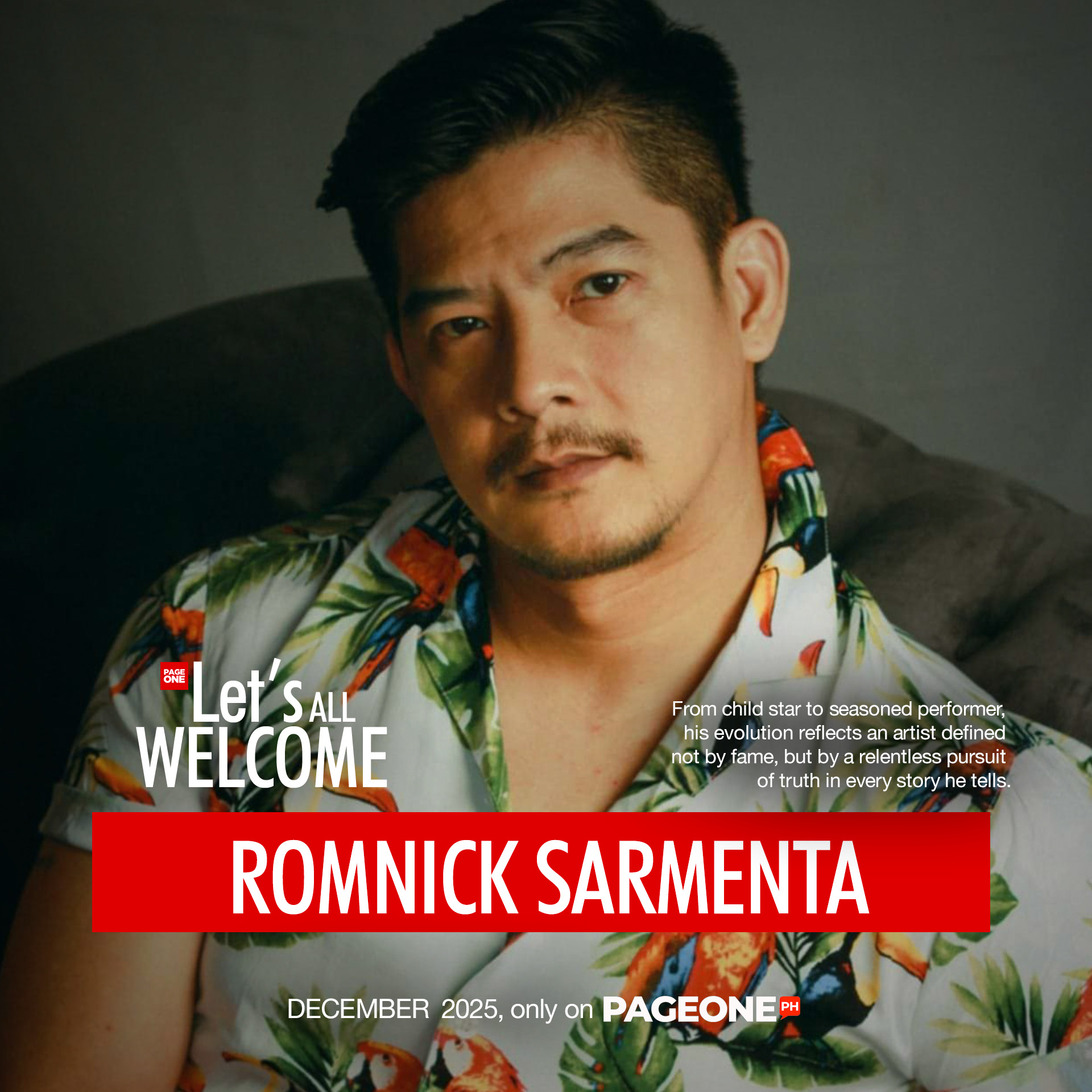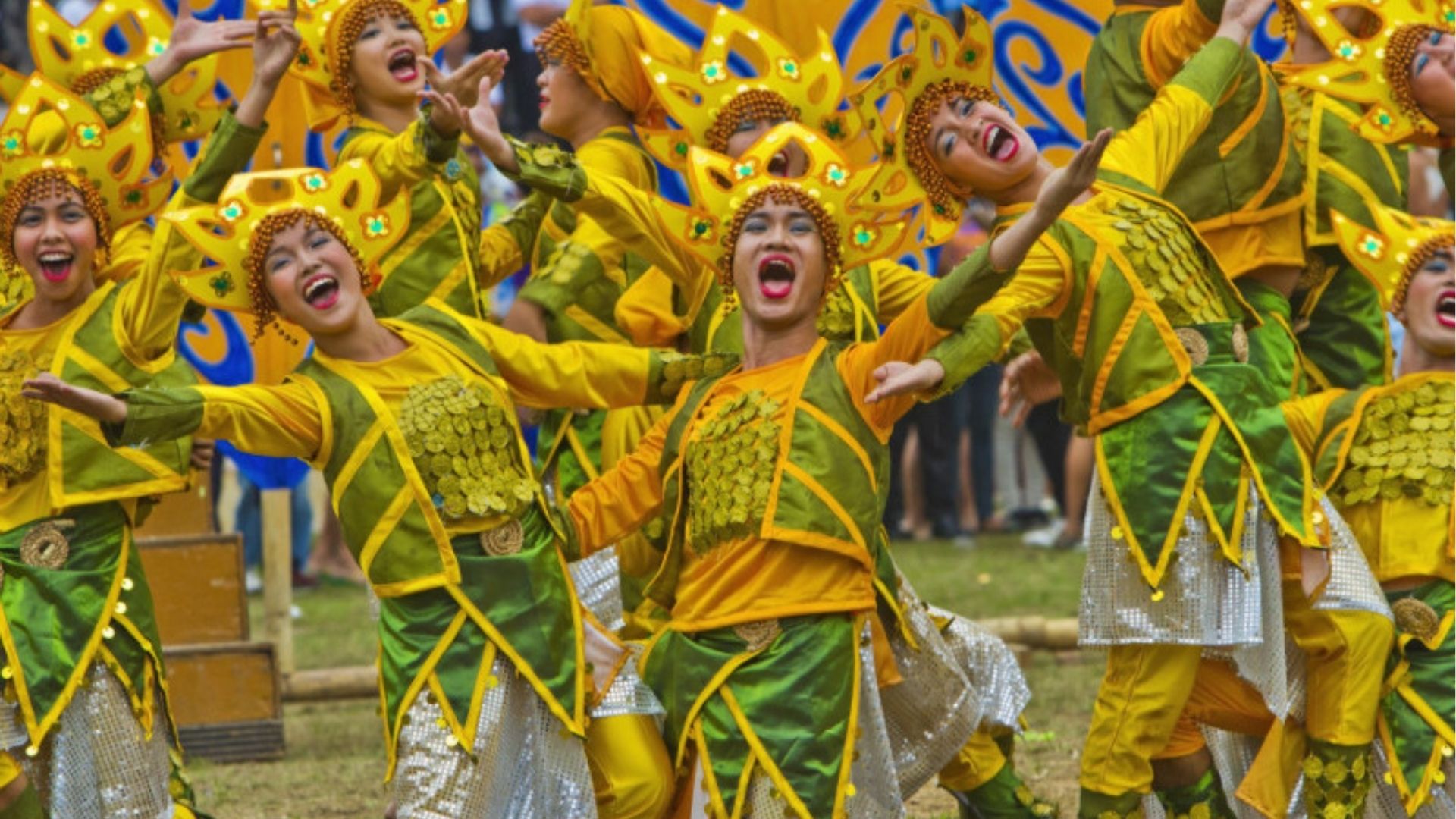The Philippines is home to a rich tapestry of festivals that reflect the nation’s deep religious roots, colonial history, indigenous traditions, and unyielding community spirit. From the islands of Visayas to the northern highlands of Luzon, Filipino festivals, or more popularly known as fiestas, are an immersive spectacle of color, faith, and celebration.

Pahiyas Festival
In May, Lucban, Quezon, bursts into a celebration of thanksgiving through the Pahiyas Festival, held annually on May 15. This event honors San Isidro Labrador, the patron saint of farmers; Pahiyas is a visual feast where homes are decorated with vibrant arrangements of local produce, including rice, vegetables, and kiping—leaf-shaped wafers dyed in bright colors. The streets become living exhibits of creativity and abundance, with contests for the best-decorated homes, traditional folk music, and regional cuisine served in an open-house manner.

Flores de Mayo
Also held in the month of May, Flores de Mayo is a Catholic tradition celebrated nationwide in honor of the Virgin Mary. This floral offering is most recognized for the Santacruzan, a procession that commemorates the search for the Holy Cross by Queen Helena and her son Constantine the Great. The event culminates in a parade of young women, often called sagalas, dressed in beautiful gowns and holding symbolic items while being escorted under floral arches.

Hibok-Hibok Festival
Fast forwarding to June, the island of Camiguin hosts the Hibok-Hibok Festival, named after its famed volcano, Mt. Hibok-Hibok. The celebration spans from June 22 to 24, featuring a variety of activities that highlight the island’s cultural and natural beauty.
The festival kicks off with sports competitions showcasing local talent, followed by evening discos that bring together residents and visitors for nights of dancing and enjoyment . A unique aspect of the festival is the emphasis on water-based activities, reflecting the island’s close relationship with the sea. Traditionally, it’s considered taboo not to spend time on the island’s beaches during this day, emphasizing the communal spirit and the importance of nature in local traditions.

Sandugo Festival
Every July, Tagbilaran City in Bohol comes alive with the Sandugo Festival, a month-long celebration commemorating the historic blood compact between Datu Sikatuna and Spanish explorer Miguel López de Legazpi in 1565. This event symbolizes the first international treaty of friendship and is a significant part of Bohol’s history.
The festival features a series of events, including the Miss Bohol Sandugo Beauty Pageant, trade fairs, concerts, and medical missions. One of the highlights is the Sandugo Street Dancing Competition, where participants from various schools and communities showcase elaborate performances in vibrant costumes, reflecting Bohol’s rich cultural heritage.

Pintados-Kasadyaan
Every June, Tacloban City in Leyte transforms into a vibrant hub of culture and tradition during the Pintados-Kasadyaan Festival. This annual event is a fusion of two significant celebrations: the Pintados Festival, which honors the tattooed warriors of the pre-colonial Visayas, and the Kasadyaan Festival, a showcase of Leyte’s diverse cultural heritage.
The term “Pintados” refers to the indigenous people of the Visayas who adorned their bodies with intricate tattoos, symbolizing bravery and status. The Spanish colonizers coined this term upon witnessing the heavily tattooed natives. In 1986, Tacloban City initiated the Pintados Festival to pay homage to these ancient warriors and to celebrate the feast of Señor Santo Niño, the city’s patron saint.
The Kasadyaan Festival, meaning “merriment” in the local dialect, complements this by highlighting the unique traditions, dances, and rituals of Leyte’s municipalities. Together, these festivals offer a comprehensive celebration of the region’s rich history and cultural diversity.
From small-town parades to nationally televised spectacles, fiestas reflect the Philippines’ unique ability to blend solemnity with celebration. In a country where smiles shine despite hardship and where faith is worn like a second skin, every fiesta is a reminder that joy is best when shared.
Celebrating fiestas are reminders that amidst the complexities of modern life, there’s always time for celebration, faith, and the Filipino spirit of pakikisama (camaraderie). So next time you plan your trip, make sure to check the festival calendar—you just might witness the heart of the Philippines in full color.









